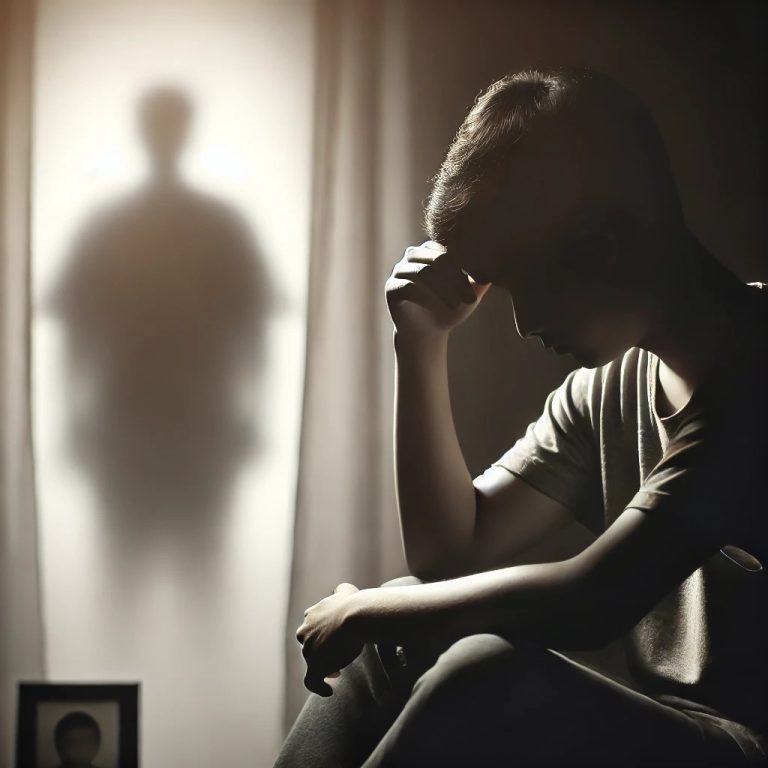I often experience mood swings. Do I have Bipolar disorder? – Part 1 of 2
Experiencing mood changes is a normal part of life that everyone encounters regularly in different situations. However, when someone has bipolar disorder, these mood changes become intense, prolonged, and extremely disruptive to daily functioning. Consequently, such extreme emotional shifts can significantly affect work performance, social relationships, and overall quality of life. Ultimately, recognising the difference between normal mood changes and bipolar symptoms is crucial for seeking appropriate treatment and support.
Bipolar Disorder Information on Depressive, Manic, and Hypomanic Episodes
According to research, individuals with bipolar disorder may experience alternating depressive episodes and manic episodes that strongly affect their overall wellbeing. Additionally, depressive episodes often bring persistent sadness, low energy, and difficulty engaging in normal daily routines or responsibilities. Consequently, manic episodes can involve surges of energy, impulsive behaviour, and overwhelming feelings that disrupt normal functioning significantly. Furthermore, experiencing hypomania may feel similar to mania but is less severe and generally more manageable for individuals. Ultimately, people with hypomania often maintain work and social activities without experiencing major impairments or overwhelming distress in life.
Recognising the Impact of Hypomania & Psychotic Symptoms
Hypomania can still significantly affect a person’s life, influencing mood, behaviour, and relationships with others. Additionally, close friends and family often notice these behavioural changes, even when the individual feels relatively functional. Consequently, bipolar disorder may sometimes include psychotic symptoms, complicating the person’s experiences and overall mental health. Furthermore, such psychotic symptoms might involve delusions, including paranoia, or hallucinations, such as hearing voices or seeing things. Ultimately, recognising these signs is vital for timely intervention, ensuring individuals receive proper treatment, care, and supportive understanding.
Understanding the Extremes of Bipolar Disorder
The word bipolar describes two poles, representing emotional extremes that significantly affect individuals’ thoughts, behaviours, and wellbeing. Additionally, many individuals report their manic and depressive moods feel extreme, overwhelming, and difficult to manage effectively over time. Consequently, mania often begins suddenly and can persist for weeks or sometimes several months, disrupting normal routines. Furthermore, depressive episodes usually last longer than mania, extending for several months and intensifying emotional and physical exhaustion. Ultimately, understanding the contrasting poles of bipolar disorder helps highlight its impact and reinforces the importance of effective treatment.
Bipolar Disorder Information on Rapid Cycling, Mood Shifts, & Neutral Periods
Similarly, some people are diagnosed with rapid cycling, involving four or more episodes yearly. Likewise, rapid cycling may include depressive, manic, hypomanic, or mixed episodes within twelve months. Importantly, stability between episodes may last weeks, offering temporary relief from difficult symptoms. Equally, moods may shift daily or even hourly in some individuals. Significantly, neutral periods occur when symptoms are more controlled and emotions feel manageable. Ultimately, bipolar disorder involves fluctuating experiences requiring understanding, patience, and appropriate professional treatment.
Things to Expect in the Second Part
In part 2 of this blog I shall be explaining what one might notice when a person is going through the different phases of Bipolar.
Final Thoughts
Ultimately, understanding bipolar disorder requires recognising its impact on daily life and emotional wellbeing. Additionally, acknowledging symptoms early allows timely intervention and access to appropriate professional support. Consequently, individuals can learn strategies to manage episodes, build resilience, and maintain stability in life. Furthermore, support from family, friends, and communities plays a crucial role in fostering recovery and hope. Importantly, spreading awareness reduces stigma, encourages empathy, and empowers those affected to seek help without fear.
Written by Claire Borg
Claire Borg is a gestalt psychotherapist at Willingness. She works with adolescents and adults. She has a special interest in mental health. She can be contacted on claire@willingness.com.mt.







